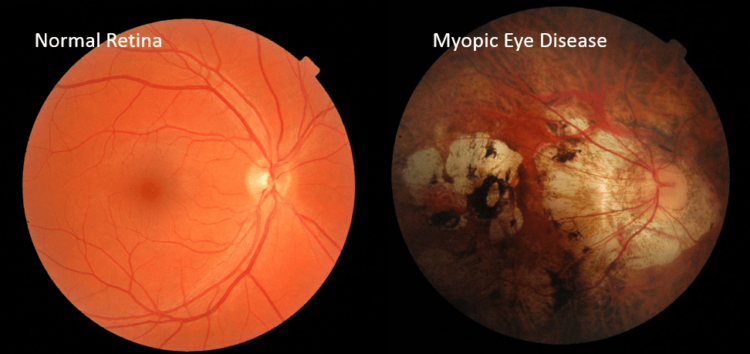By Tony Royden-
In the first study of its kind in Canada, optometrists in Waterloo, Ont. have found that the rate of myopia is quite high in children, at a rate of 6% in children aged 6 to 8. That soared to 28.9 % in children aged 11 to 13.
Symptoms of myopia or nearsightedness are not difficult to detect the eyeball is deprived of light, and elongates. Myopia is not recognized among many confirmed people in many parts of the world and can affect every facet of a child’s life. For those with powerful prescriptions, the list of risks grows.
“One of the big problems of being myopic is the higher your prescription the more at risk you are for complications that can lead to vision loss later in life” such as retinal detachment or degeneration that affects central vision, Jones said.
ALARMING
Myopia is “increasing globally at an alarming rate,” according to the World Health Organization. It affects an estimated 1.89 billion people worldwide, and if rates don’t change, that could rise to 2.56 billion by 2020 — a third of the population.
RETINA
Professional researchers say the retina is subject to too much wear and tear when people, especially children, spend too long in front of computers, apps and smartphones. It is also a return to normal after a long summer of lax screen time rules. They say an epidemic is brewing among children, whose eyes develop until they’re about 20.
A Canadian Ophthalmological Society and the Canadian Association of Optometrists to put together a joint position statement on computer screen time for children. It’s expected to be released by mid-November.
A 2015 feature article in the journal Nature says there has been a “dramatic increase” in myopia in countries around the world, with China seeing the sharpest rise.
The article says that the percentage of people with myopia has risen to 90 percent of teenagers and young adults, up from 10 to 20 percent 60 years ago. However, in America, that number has doubled.












